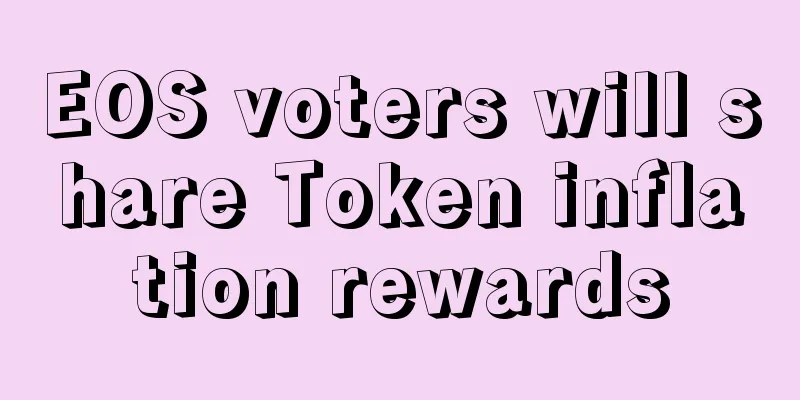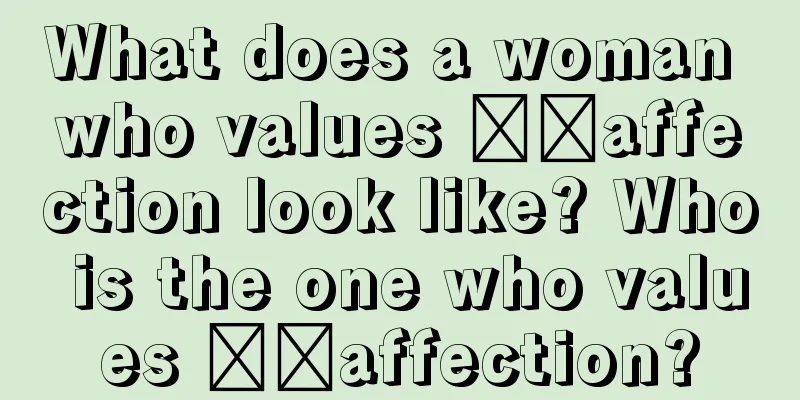EOS voters will share Token inflation rewards

|
On January 20, 2018, Sam Sapoznick was appointed as the full community manager. He drafted a token inflation plan in the EOSIO governance group that was closely related to every voter. ▲EOS voters will share the draft plan for Token inflation rewards At 5:00 am on March 30, 2018, Sam Sapoznick officially confirmed the implementation of this constitution! ! ! ! ▲ The original 4.88% token inflation rate was changed to an annual inflation rate of 5% . Every EOS holder is a member of the future EOS ecosystem, and this inflation reward has a great relationship with every voter, so we at IMEOS provide an authoritative interpretation and analysis of this constitution. ▲One picture to understand the EOS Token inflation benefit distribution Two destinations for additional token issuance 1. A portion will be used as the official community management fund, which will be used after the community votes, mainly to facilitate community governance: community welfare, arbitration fund, system optimization, etc. 2. The other part will be used as node rewards, of which 50% will be allocated to super nodes (tentatively 21), and the other 50% will be allocated to all nodes (tentatively 121) and distributed to all 121 nodes according to the final vote rate. EOS’s Token Issuance Mechanism The total annual inflation rate is 5%, and this value can only be changed when the charter is amended (i.e. the system code is upgraded). The immediate inflation rate is 4.879% divided by the number of blocks, and the reward for each block is based on the standard compound interest relationship formula. EOS Token Allocation Rules (1) Summary point reward = node reward quota * additional token issuance amount (2) Single super node reward = half of the total node reward divided by 21 nodes (3) Work Fund = 100% - Node Reward Quota (4) Voting shared reward = vote rate x half of the total node reward Here we will focus on the voting sharing rewards. The voting sharing rewards they receive are the ratio of the number of votes of all 121 nodes to the total number of votes multiplied by half of the total node rewards. Candidate nodes only enjoy voting sharing rewards, while super nodes can receive super node rewards in addition to voting sharing rewards. This reward means that in addition to super nodes, voting nodes will also share the rewards. Reward quota bidding All 21 nodes bid, and the middle value of these 21 prices is taken. The price is any value from 0% to 100%. For example, if each node bids at 1%, 2%, 3%, ... 21%, then the middle value of 11% is taken as the reward quota. |
<<: Belarus officially legalizes cryptocurrency, mining and trading are tax-free
>>: [Starfish Lab] Tianhe-2 supercomputer mining is not as good as Antminer S9
Recommend
Seven moles that affect love
Everyone hopes to have a happy love. Men hope to ...
The neck shows a person's fortune
The neck shows a person's fortune 1. Neck lin...
F2Pool changes its mind, Bitcoin expansion protocol Segwit2x may have changes
F2Pool, the Chinese mining pool that had previous...
Traveling in winter
Generally speaking, people prefer to travel in th...
What are the facial features that indicate a blessed person after middle age?
It is said that a hero does not care about his ori...
Healthcare: Blockchain may be the only secure way to store data
Comment: Some people believe that the healthcare ...
Women with many moles on their faces have good fortune in wealth and noble people.
Analyzing from the perspective of physiognomy, so...
The value, development and future of Bitcoin: It’s not a tulip bubble, but there may still be speculative frenzy
The recent surge in Bitcoin prices is very abnorm...
Attractive female face
Every girl wants to be a beauty who is loved by e...
Is it good for a woman to have s-shaped eyebrows? What about irregular wrinkles?
Let’s find out whether it’s good or bad for a girl...
Applications beyond your imagination in collateral mechanism and prediction market
Special thanks to Vlad Zamfir for his advice on p...
What is the reason for the intermittent marriage line in palmistry?
How to read the marriage line diagram in palmistr...
The art of predicting fate and recognizing people (Part 2)
Fortune telling based on the Eight Characters is ...
How to read baby's hand lines
Reading palm lines is a fortune-telling technique...
Without waiting for Ethereum 2.0, DeFi protocols are migrating to Layer 2 to solve the problem of high transaction fees
As Ethereum gas fees soar and the network struggl...









